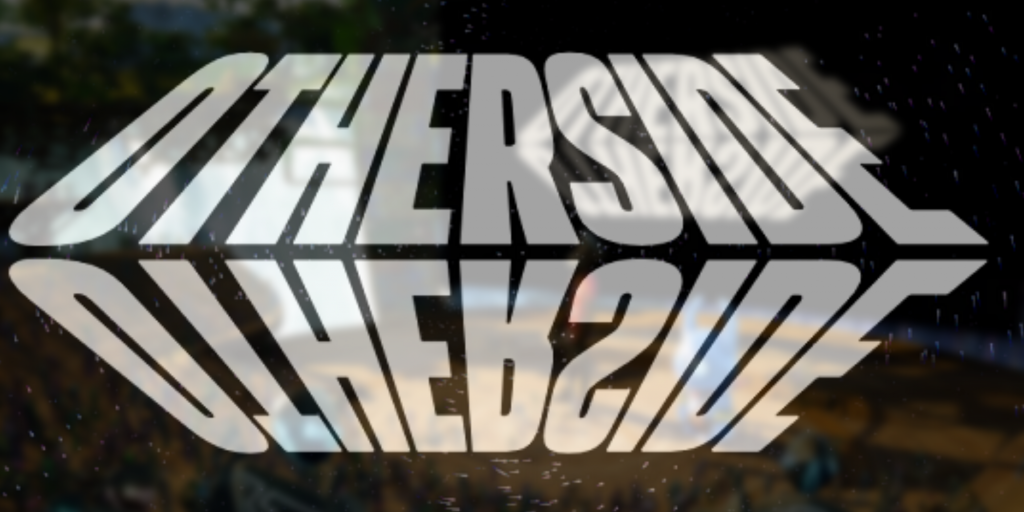January 2023
Otherside NFTs Explained (Read Before Buying)
Otherside is a metaverse world designed around the Bored Ape Yacht Club (BAYC) NFT collection. “The Otherside†will offer a massive role-playing game where over 10,000 players can interact, complete missions, and voice chat simultaneously. The Otherside NFTs were originally sold to BAYC holders and went on public sale on April 30, 2022. 55,000 land …
